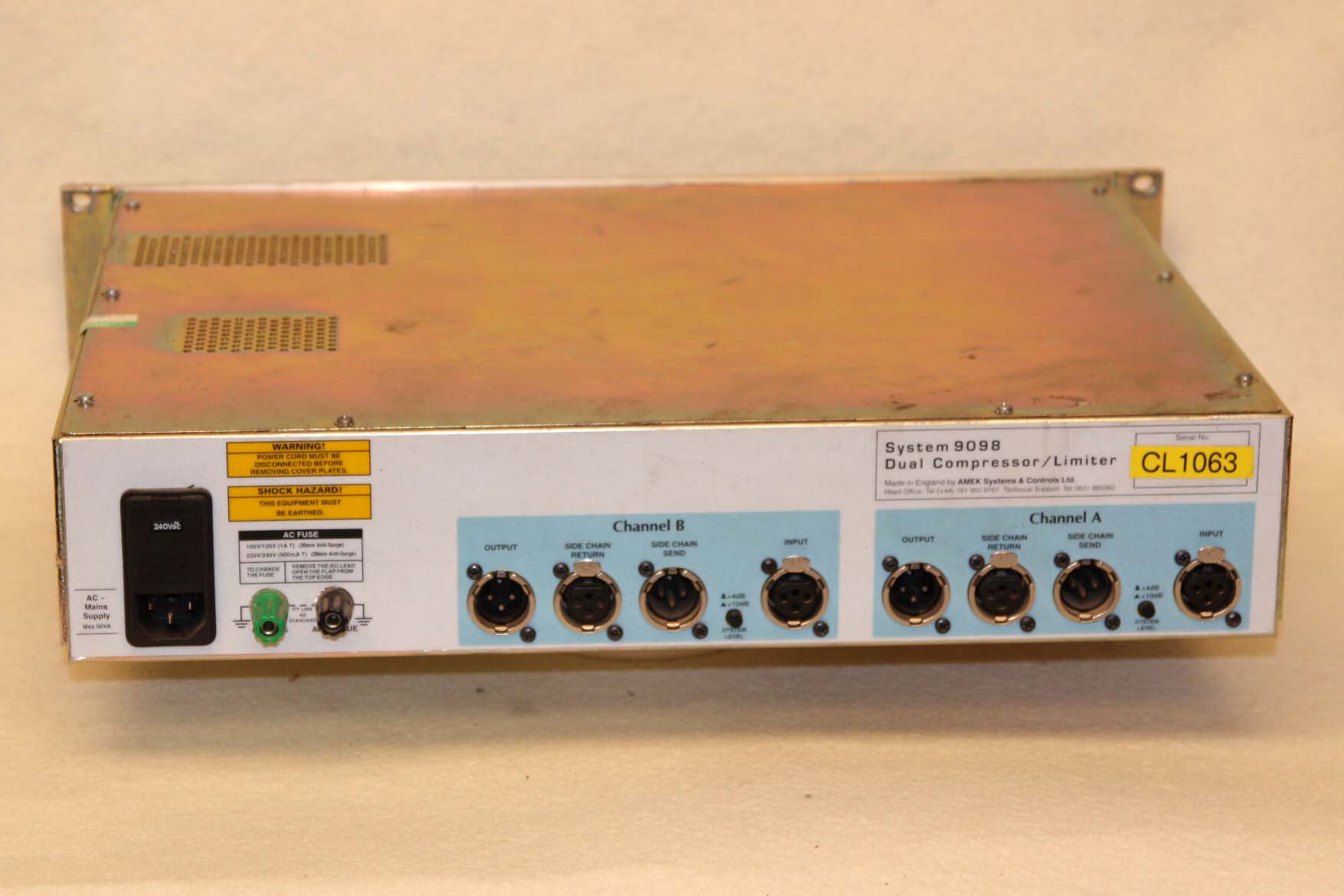



It can get complicated, so let’s approach from a simplified perspective with this easy guide to audio compression and limiters. While a compressor compresses the sound, a limiter is also appropriately named because it limits the total volume of an instrument or track. The difference between a compressor and a limiter is a very common music production question that beginner producers are too scared, or confused, to ask about. Subtle differences exist between compressors and limiters, which are most often used in recording studios for volume control. The differences between compressors and limiters are weak but noticeable. You can eliminate this sound by using a limiter instead of a compressor, as it will chop off all sound instead of squashing it through compression. In some cases, a compressor will add a suction sound when used on an instrument that is simply not desirable. Restrictions are often used for sound control of the overall mix of a song rather than on individual instruments and can be helpful for other tasks where the compressor is not suitable. UsersĬompressors are well suited for smoothing the sound from a particular instrument and are often used on bass guitars, kicking drums and snares for a smoother sound. Limiter, on the other hand, eliminates all sound above a certain threshold instead of compressing the sound. You can set the compression amount as well as the total profit reduction. Compressors are used to compress the sound with a user-set ratio above a certain threshold value.


 0 kommentar(er)
0 kommentar(er)
